Home>Gardening & Outdoor>Outdoor Structures>How Thick Plywood For Shed Floor
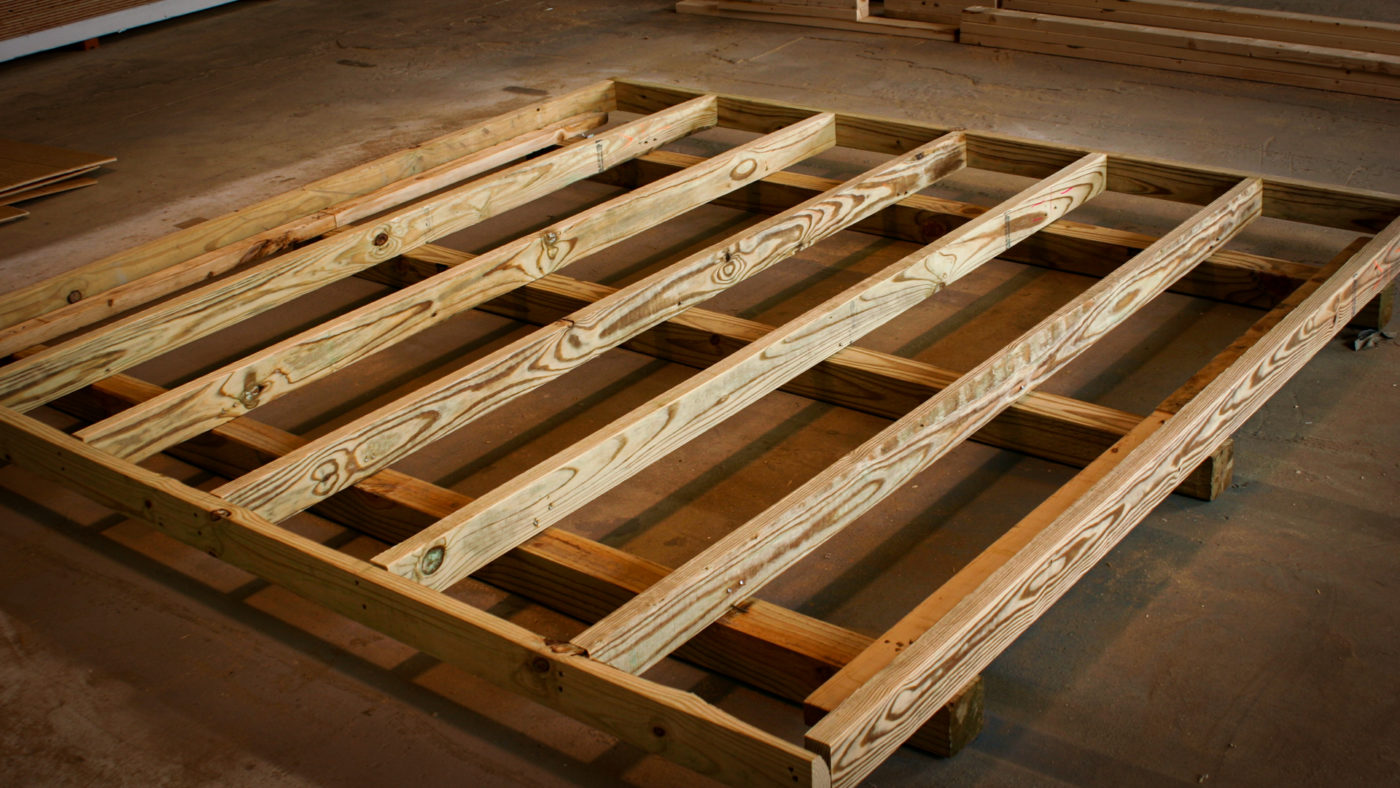

Outdoor Structures
How Thick Plywood For Shed Floor
Published: January 19, 2024
Discover the ideal plywood thickness for your shed floor. Get expert tips for outdoor structures to ensure durability and stability.
(Many of the links in this article redirect to a specific reviewed product. Your purchase of these products through affiliate links helps to generate commission for Storables.com, at no extra cost. Learn more)
Introduction
Building a shed can be an exciting and rewarding project, providing you with valuable storage space and a place to pursue your hobbies. When constructing a shed, one of the crucial decisions you’ll face is choosing the right plywood thickness for the floor. The floor is a fundamental element of any structure, and selecting the appropriate plywood thickness is essential for ensuring durability and longevity.
In this article, we will delve into the factors to consider when choosing plywood thickness for a shed floor and provide recommendations to help you make an informed decision. By understanding these key considerations, you can confidently select the right plywood thickness for your shed floor, ensuring that it meets your specific needs and withstands the test of time.
Key Takeaways:
- Choose plywood thickness based on shed use, load capacity, climate, and budget. Light-duty sheds can use 5/8″ or 3/4″ plywood, while heavy-duty sheds need 1″ plywood for durability.
- Consider climate and environmental factors when selecting plywood thickness. Thicker plywood is needed in high humidity or extreme temperature regions to withstand moisture and temperature changes effectively.
Read more: What Plywood To Use For Shed Floor
Factors to Consider When Choosing Plywood Thickness
Several important factors should be taken into account when determining the appropriate plywood thickness for your shed floor. By carefully considering these factors, you can ensure that your shed floor is sturdy, reliable, and capable of supporting the intended loads.
- Intended Use: Consider how the shed will be used. Will it primarily serve as a storage space for lightweight items, or will it house heavy equipment and machinery? Understanding the intended use of the shed will help you gauge the level of structural support required from the plywood floor.
- Load-Bearing Capacity: Assess the potential weight that the shed floor will need to support. This includes not only the weight of the items stored in the shed but also factors such as foot traffic and the use of heavy machinery. Understanding the load-bearing capacity required will influence the choice of plywood thickness.
- Climate and Environmental Conditions: Take into consideration the climate and environmental conditions in your area. If your shed will be exposed to high levels of moisture, extreme temperatures, or frequent precipitation, you’ll need to select plywood that can withstand these conditions without warping or deteriorating.
- Longevity and Durability: Assess the level of durability and longevity you expect from the shed floor. Thicker plywood generally offers greater strength and durability, making it more suitable for withstanding heavy loads and prolonged use.
- Budget and Cost Considerations: Evaluate your budget and the cost of different plywood options. Thicker plywood typically comes at a higher price, so it’s important to strike a balance between cost and the level of structural support required for your shed floor.
By carefully evaluating these factors, you can make an informed decision regarding the plywood thickness for your shed floor, ensuring that it aligns with your specific needs and the intended purpose of the structure.
Use 3/4 inch thick plywood for shed floors to provide adequate support for heavy items and foot traffic. Thicker plywood may be needed for larger sheds or if storing particularly heavy items.
Recommended Plywood Thickness for Shed Floor
When it comes to selecting the ideal plywood thickness for your shed floor, it’s important to strike a balance between structural integrity, durability, and cost-effectiveness. The recommended plywood thickness will depend on the specific requirements of your shed and the factors we’ve discussed. Here are some general guidelines to consider:
- Light-Duty Use: If your shed will primarily serve as a storage space for lightweight items such as gardening tools, lawn equipment, or seasonal decorations, 5/8-inch or 3/4-inch plywood may be sufficient for the floor. This thickness provides adequate support for light loads and is a cost-effective option for sheds with minimal foot traffic.
- Moderate-Duty Use: For sheds that will experience moderate use and may house heavier items such as motorcycles, bicycles, or a push lawn mower, opting for 3/4-inch or 7/8-inch plywood can offer enhanced durability and load-bearing capacity. This thickness is suitable for accommodating moderate loads and occasional foot traffic.
- Heavy-Duty Use: If your shed will be subjected to heavy loads, frequent foot traffic, or the storage of substantial equipment and machinery, consider using 1-inch plywood for the floor. This thicker plywood provides exceptional strength and stability, making it well-suited for withstanding heavy-duty use and prolonged exposure to weighty items.
- Climate Considerations: In regions with high humidity, frequent rainfall, or extreme temperature variations, opting for thicker plywood, such as 3/4-inch or 1-inch, can help mitigate the effects of moisture and temperature changes, reducing the risk of warping or structural damage over time.
It’s important to note that these recommendations are general guidelines, and the specific plywood thickness for your shed floor should be determined based on a thorough assessment of the factors mentioned earlier. By carefully evaluating the intended use, load-bearing requirements, environmental conditions, and budget considerations, you can confidently select the plywood thickness that best aligns with your needs and ensures the longevity and reliability of your shed floor.
Conclusion
Choosing the right plywood thickness for your shed floor is a critical decision that directly impacts the structural integrity and longevity of your shed. By considering factors such as the intended use, load-bearing requirements, environmental conditions, and budget constraints, you can make an informed choice that aligns with your specific needs.
For sheds intended for light-duty use, such as storage of lightweight items, 5/8-inch or 3/4-inch plywood may provide adequate support while remaining cost-effective. Sheds with moderate-duty use, accommodating heavier items and occasional foot traffic, may benefit from 3/4-inch or 7/8-inch plywood for enhanced durability. In contrast, sheds subjected to heavy-duty use, substantial loads, and frequent foot traffic require the exceptional strength of 1-inch plywood to ensure long-term stability.
Additionally, considering climate and environmental factors is crucial when selecting plywood thickness. Regions with high humidity, frequent rainfall, or extreme temperature variations may necessitate thicker plywood to withstand moisture and temperature fluctuations effectively.
Ultimately, the recommended plywood thickness for your shed floor should be tailored to meet the specific demands of your shed, ensuring that it can support the intended loads, withstand environmental stressors, and provide long-lasting reliability.
By carefully evaluating these considerations and selecting the appropriate plywood thickness, you can lay a solid foundation for your shed, creating a durable and dependable floor that contributes to the overall strength and resilience of the structure.
With the right plywood thickness in place, you can embark on your shed-building journey with confidence, knowing that your shed floor is equipped to handle the demands of its intended use and provide a reliable space for your storage and recreational needs.
Ready to switch up your backyard with some DIY magic? If you're jazzed up about enhancing your outdoor space, you'll love our collection of outdoor projects that are perfect for any DIY enthusiast. From cozy fire pits to handmade garden benches, these ideas not only boost your home's appeal but also provide satisfying weekend ventures. Dive into our guide on outdoor projects and let your creativity flourish!
Frequently Asked Questions about How Thick Plywood For Shed Floor
Was this page helpful?
At Storables.com, we guarantee accurate and reliable information. Our content, validated by Expert Board Contributors, is crafted following stringent Editorial Policies. We're committed to providing you with well-researched, expert-backed insights for all your informational needs.
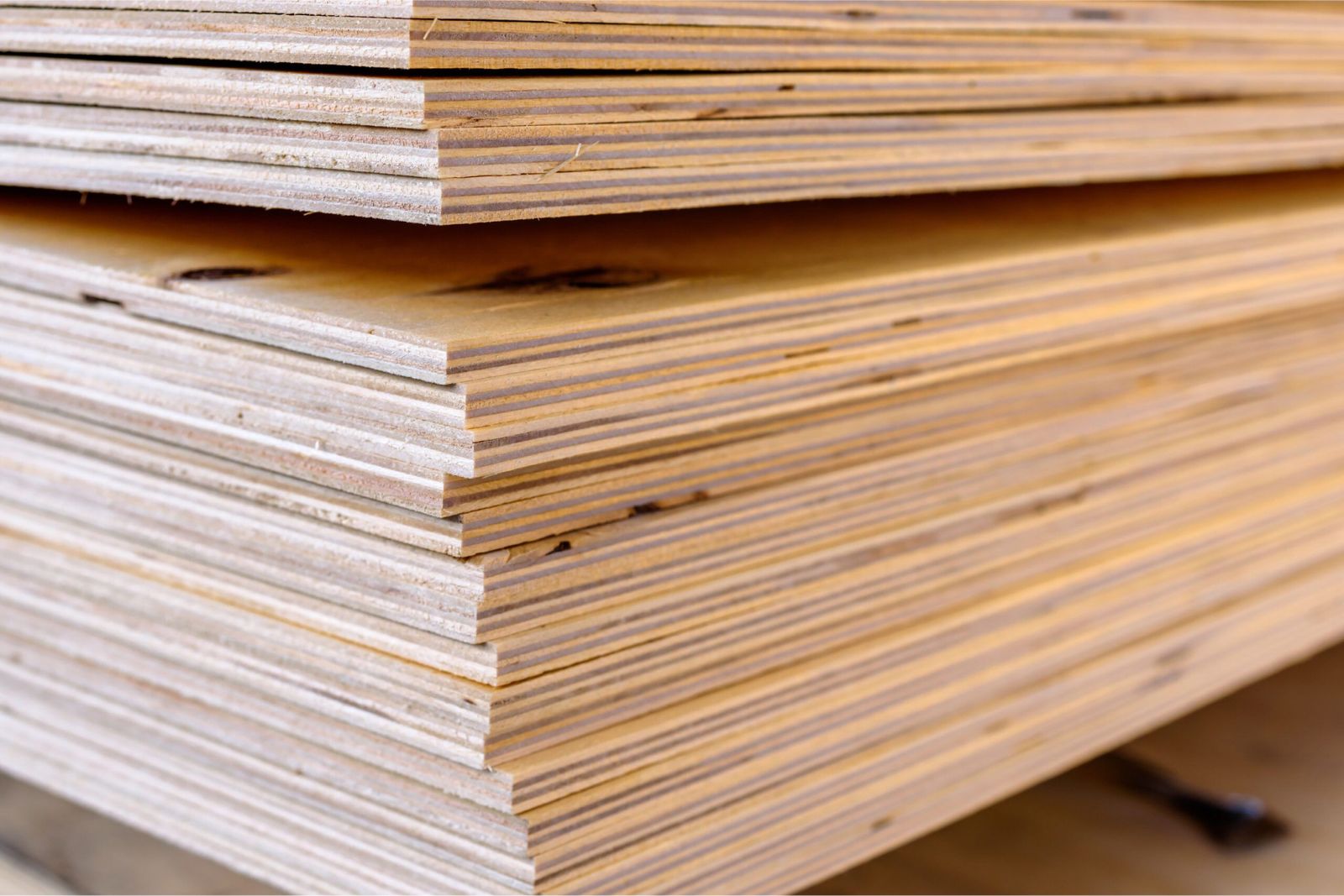
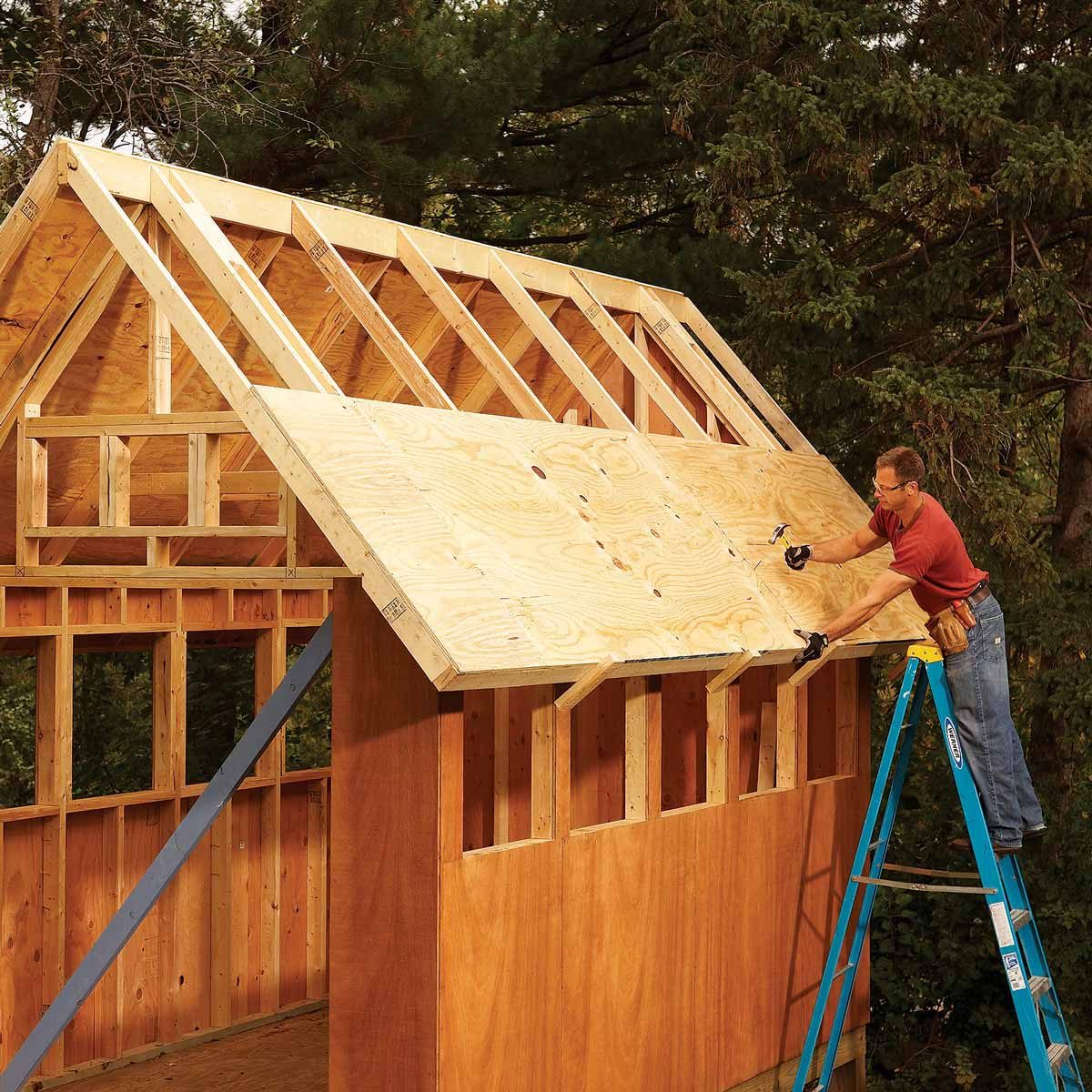
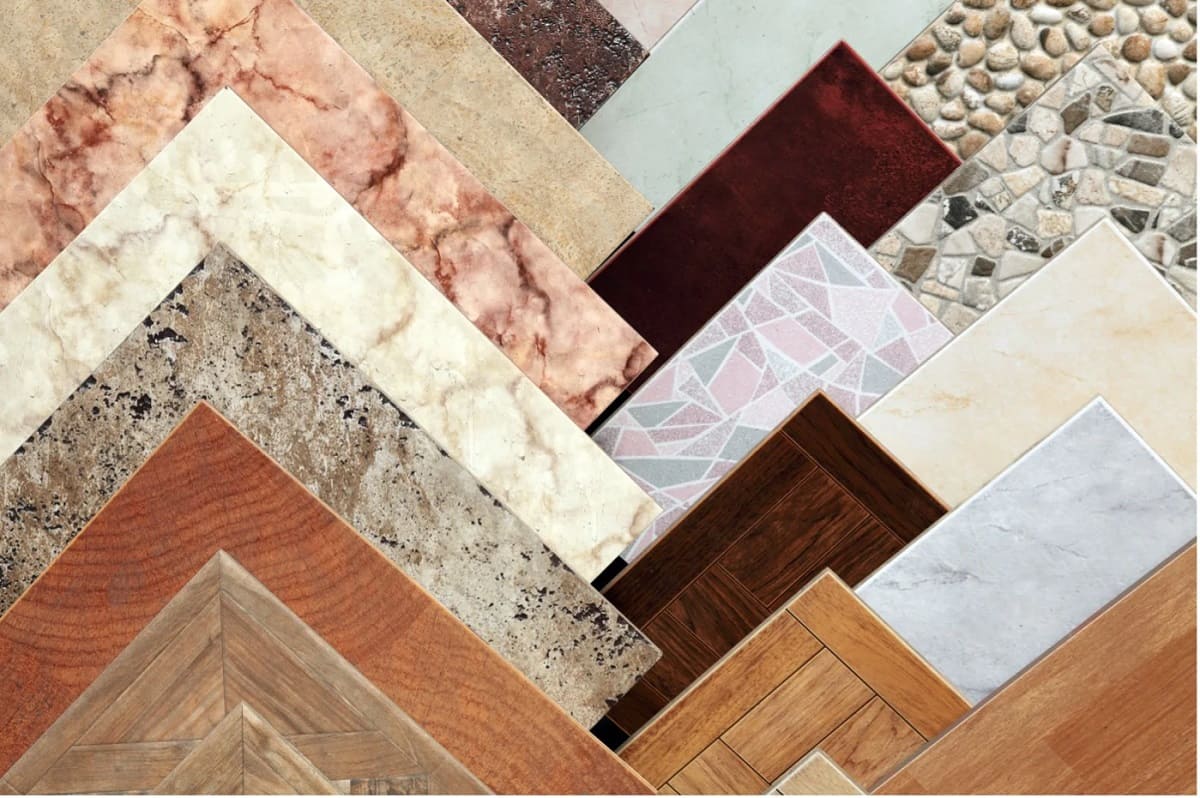
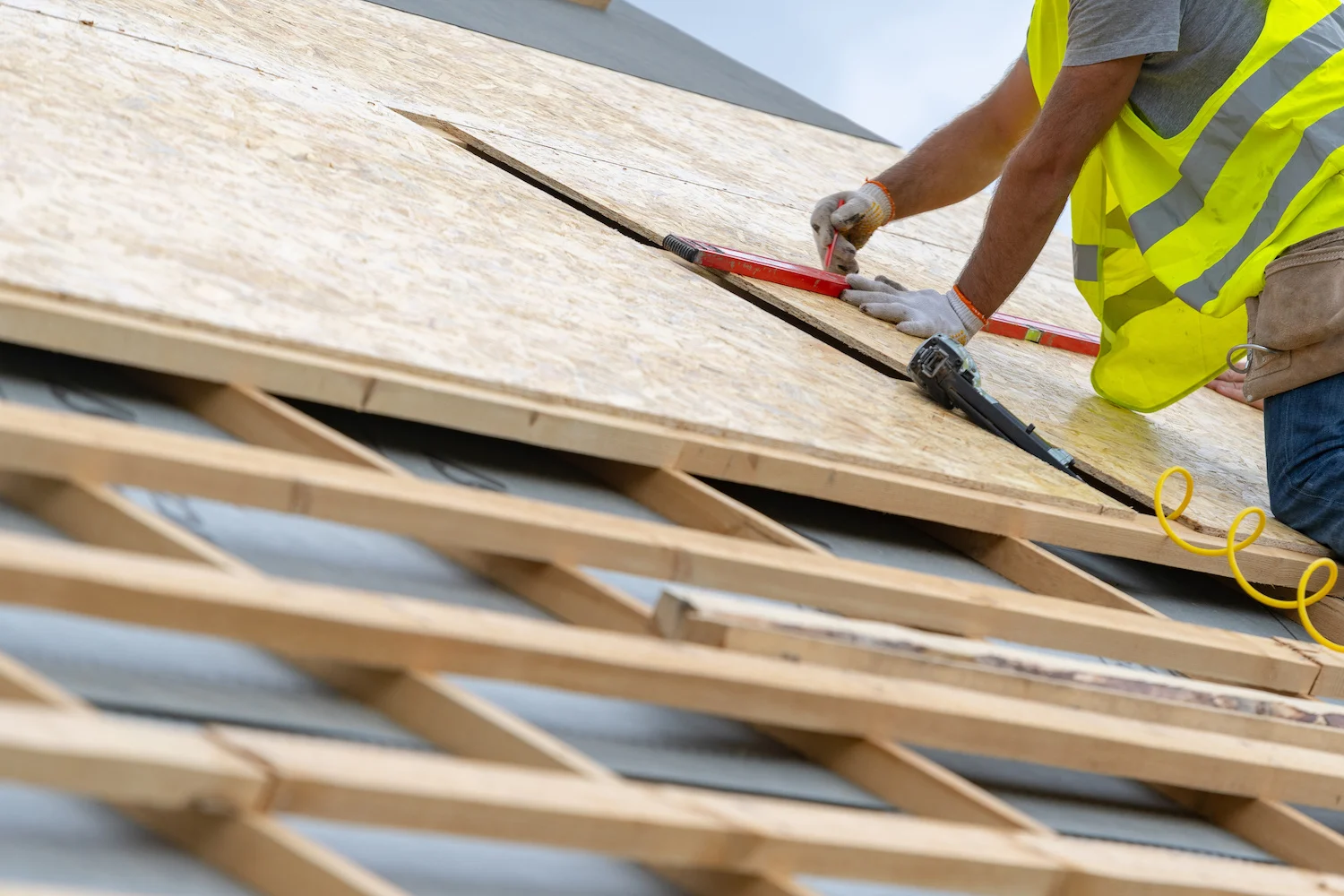
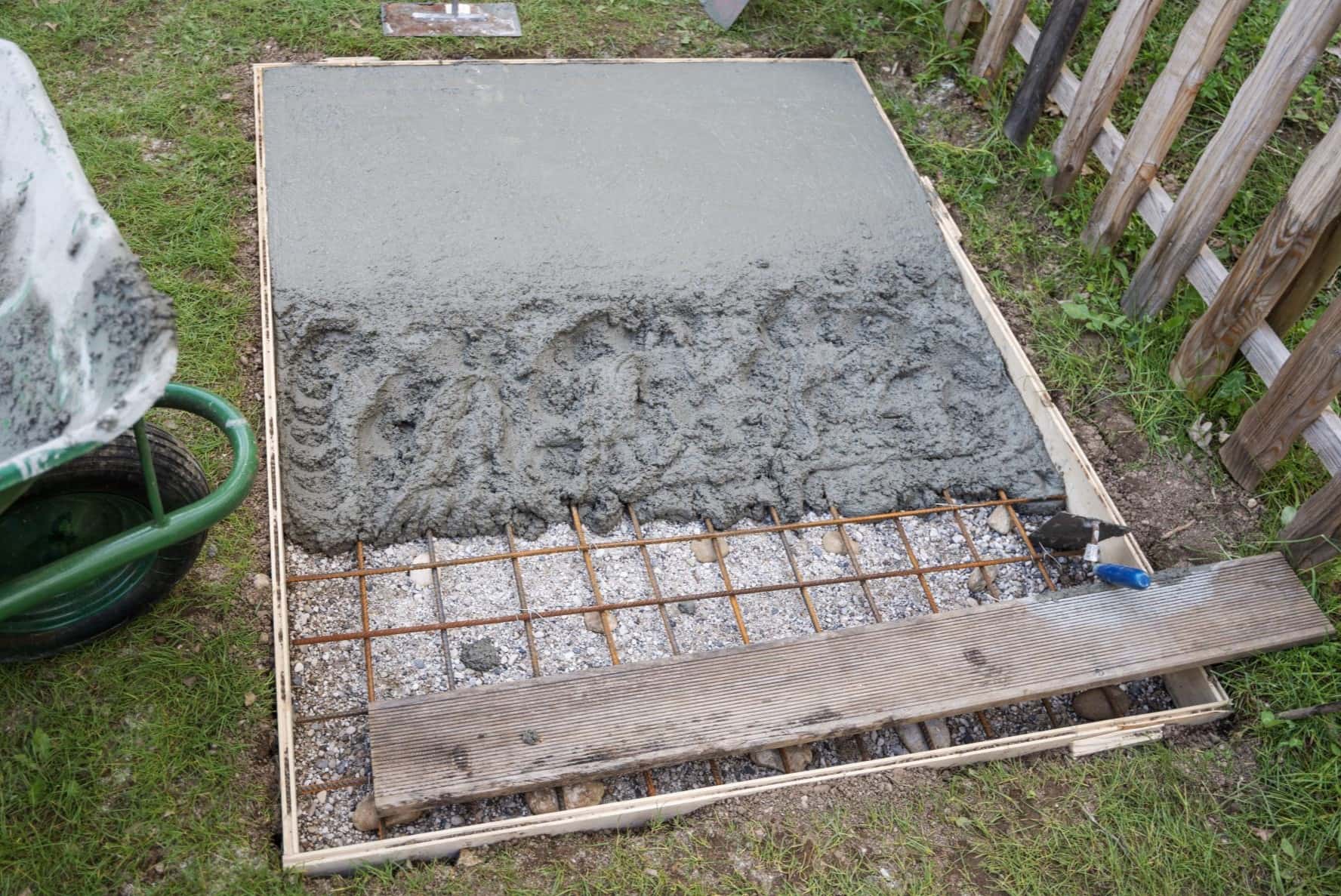
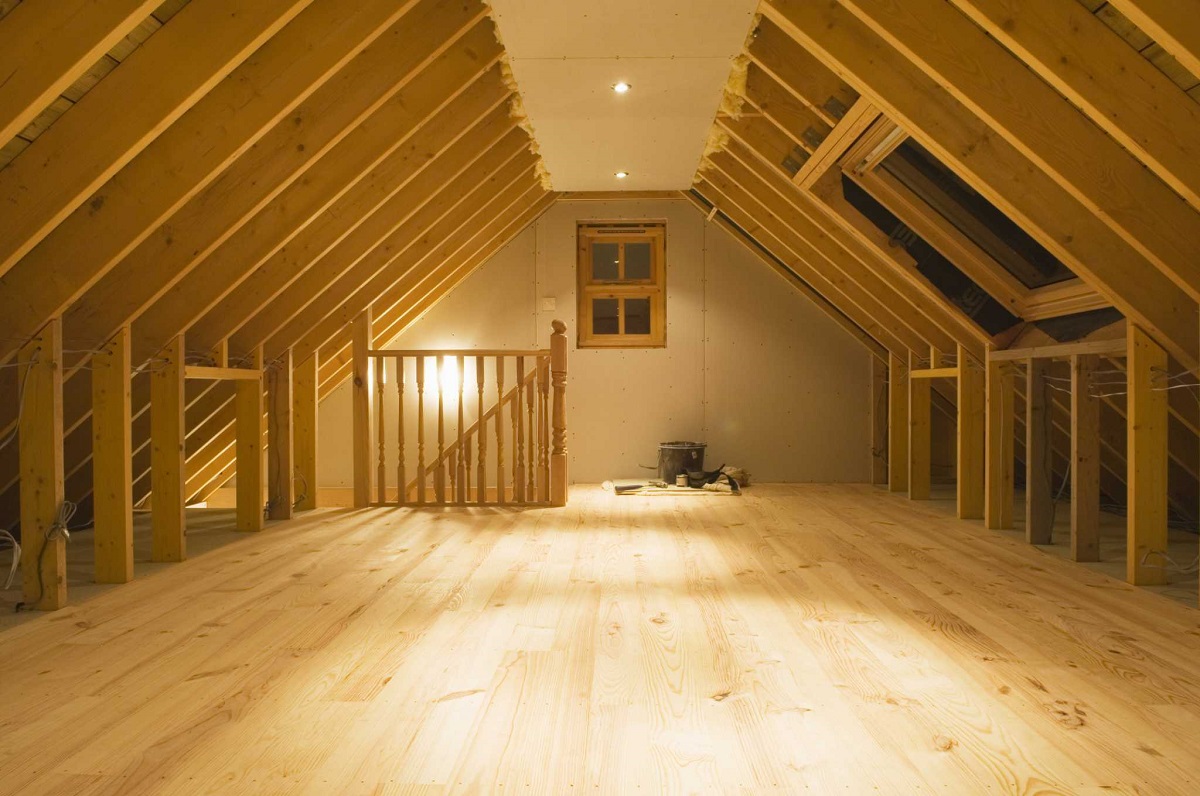
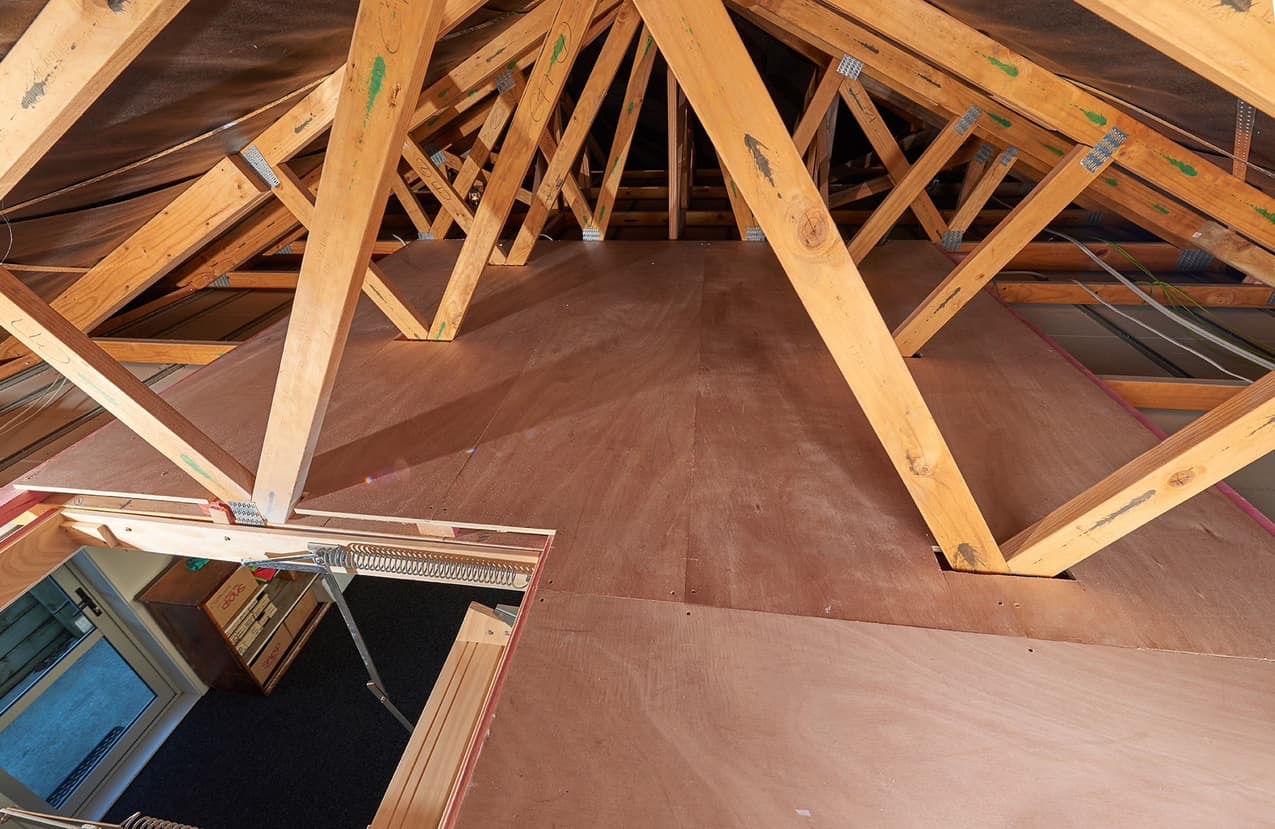
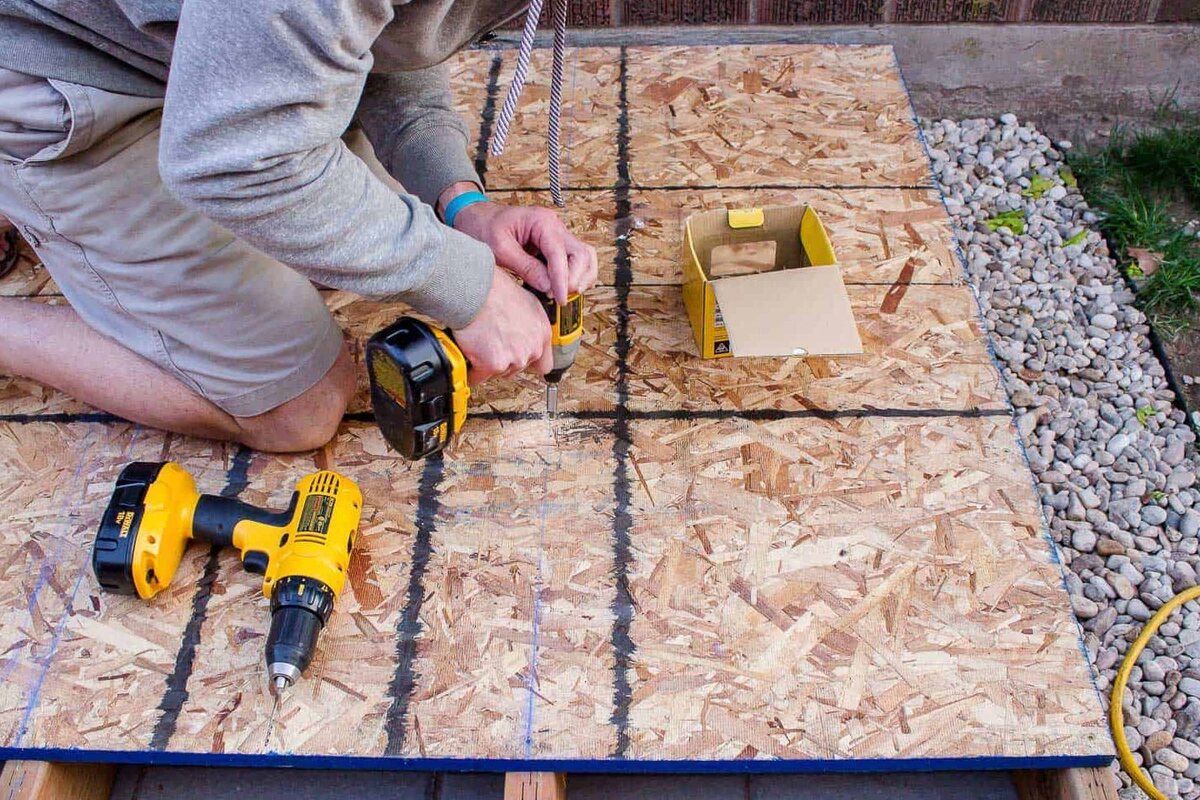

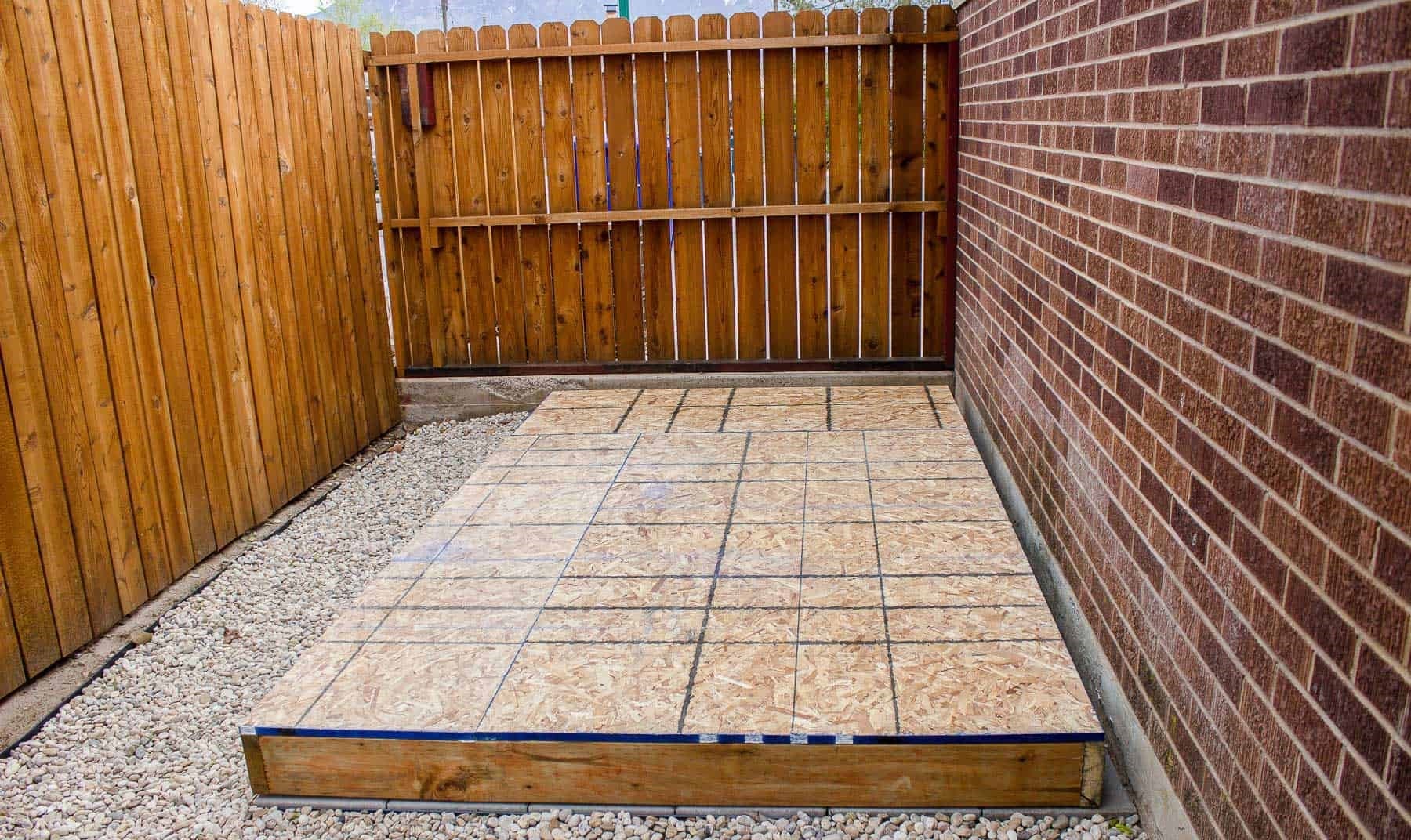
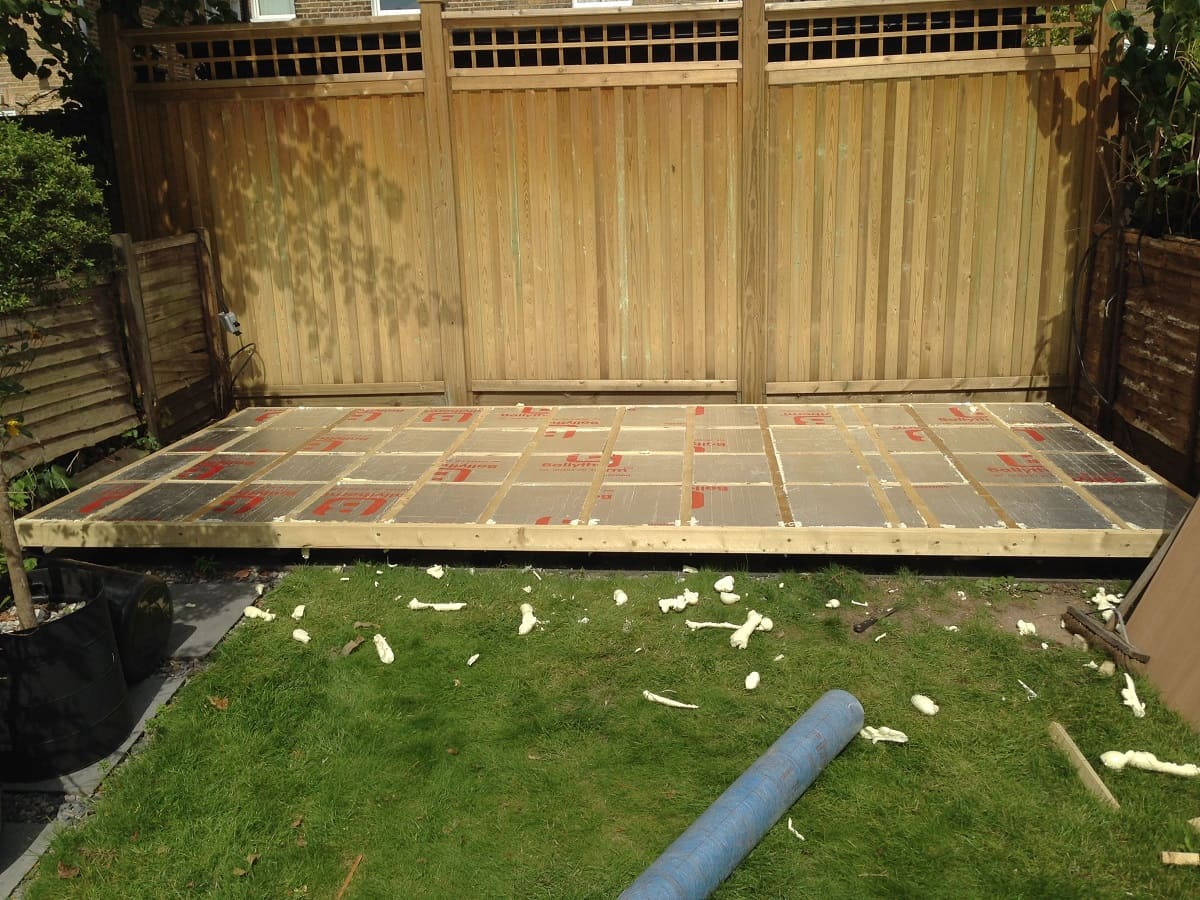
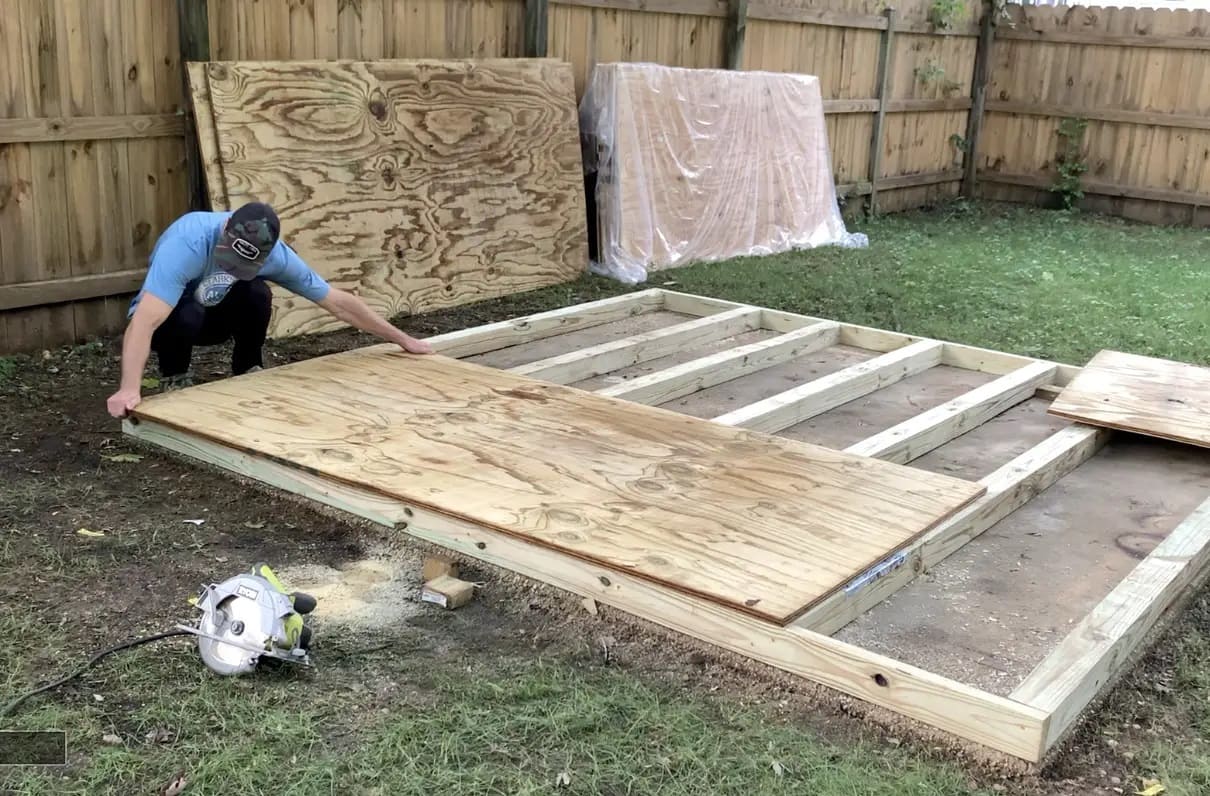
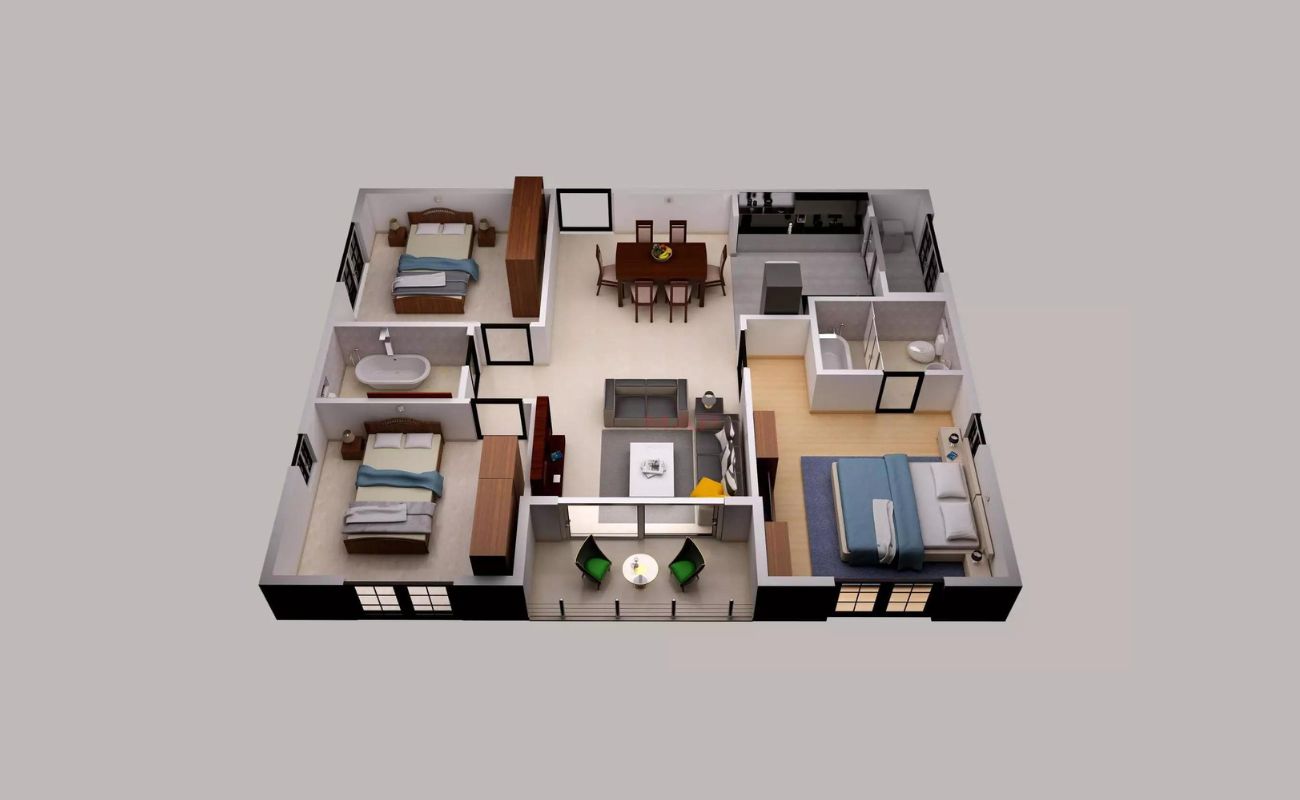
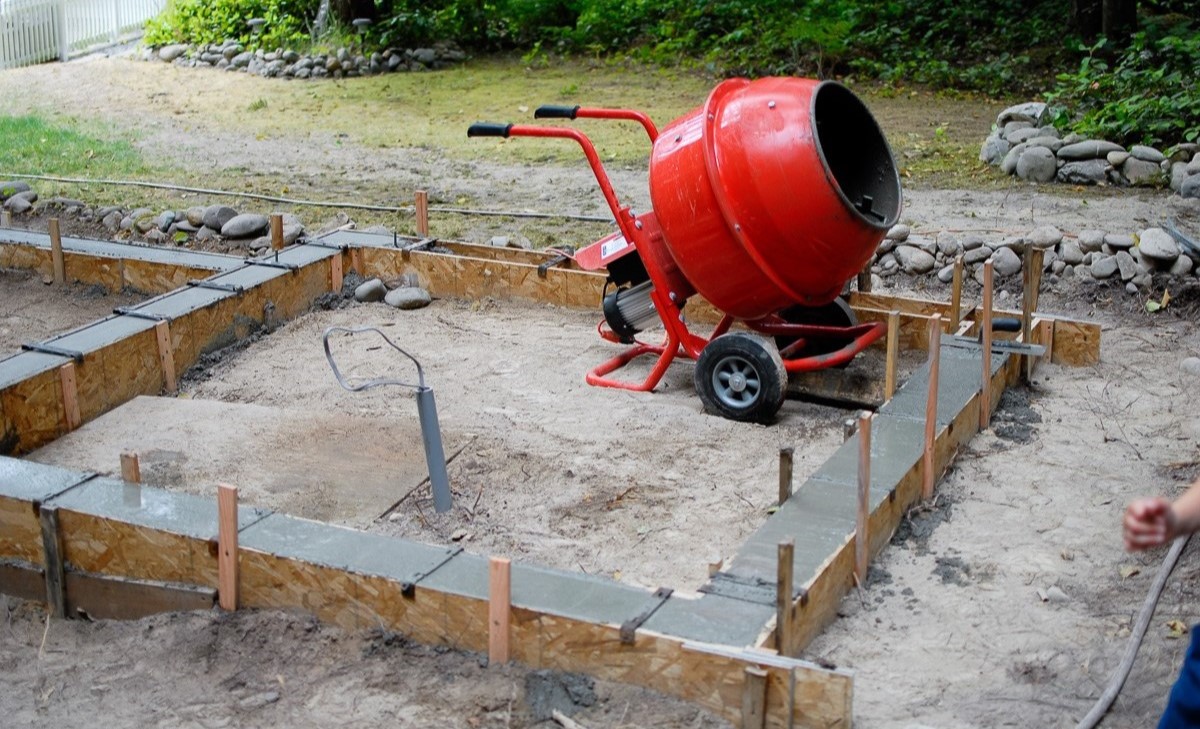
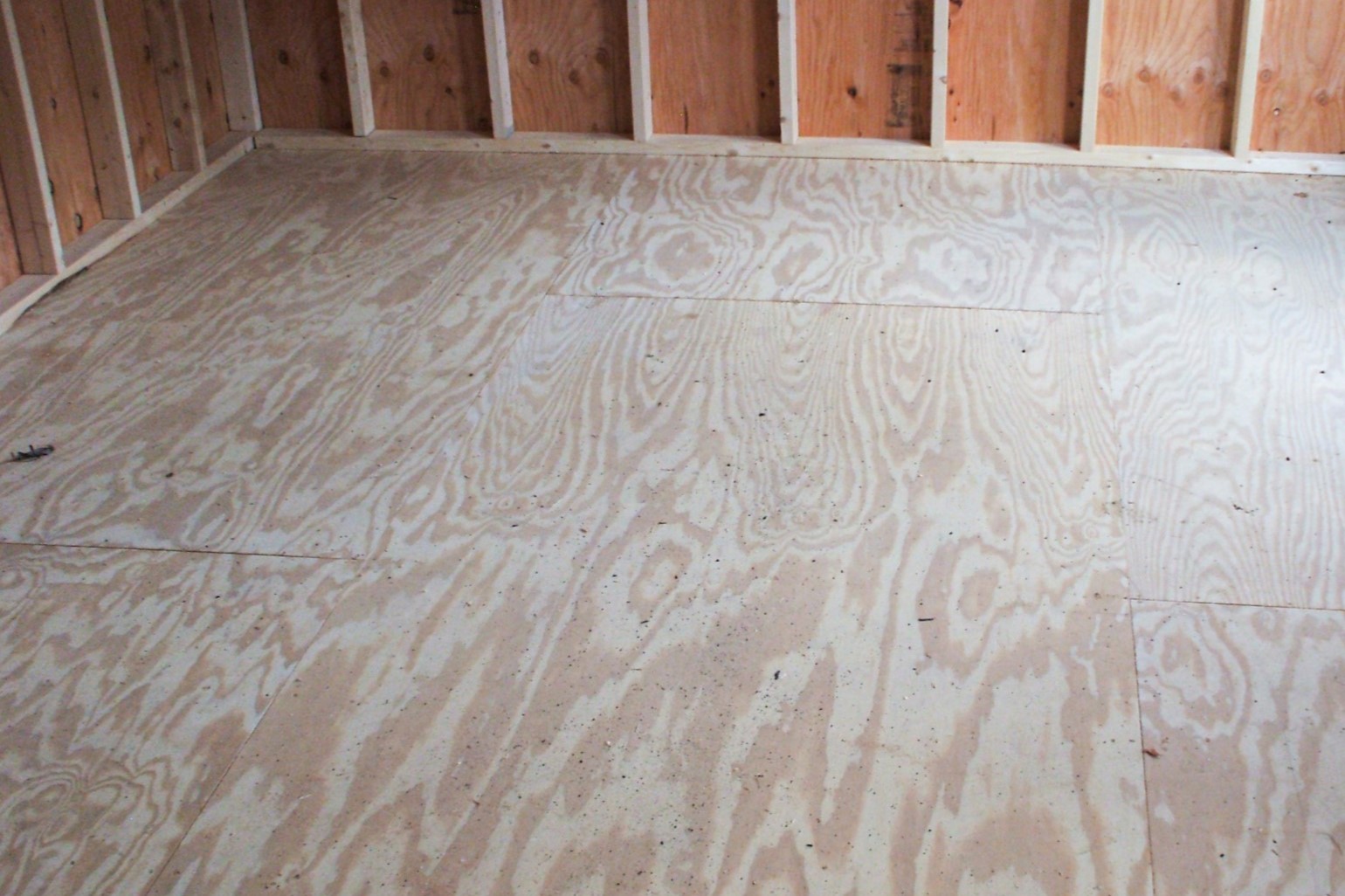

0 thoughts on “How Thick Plywood For Shed Floor”